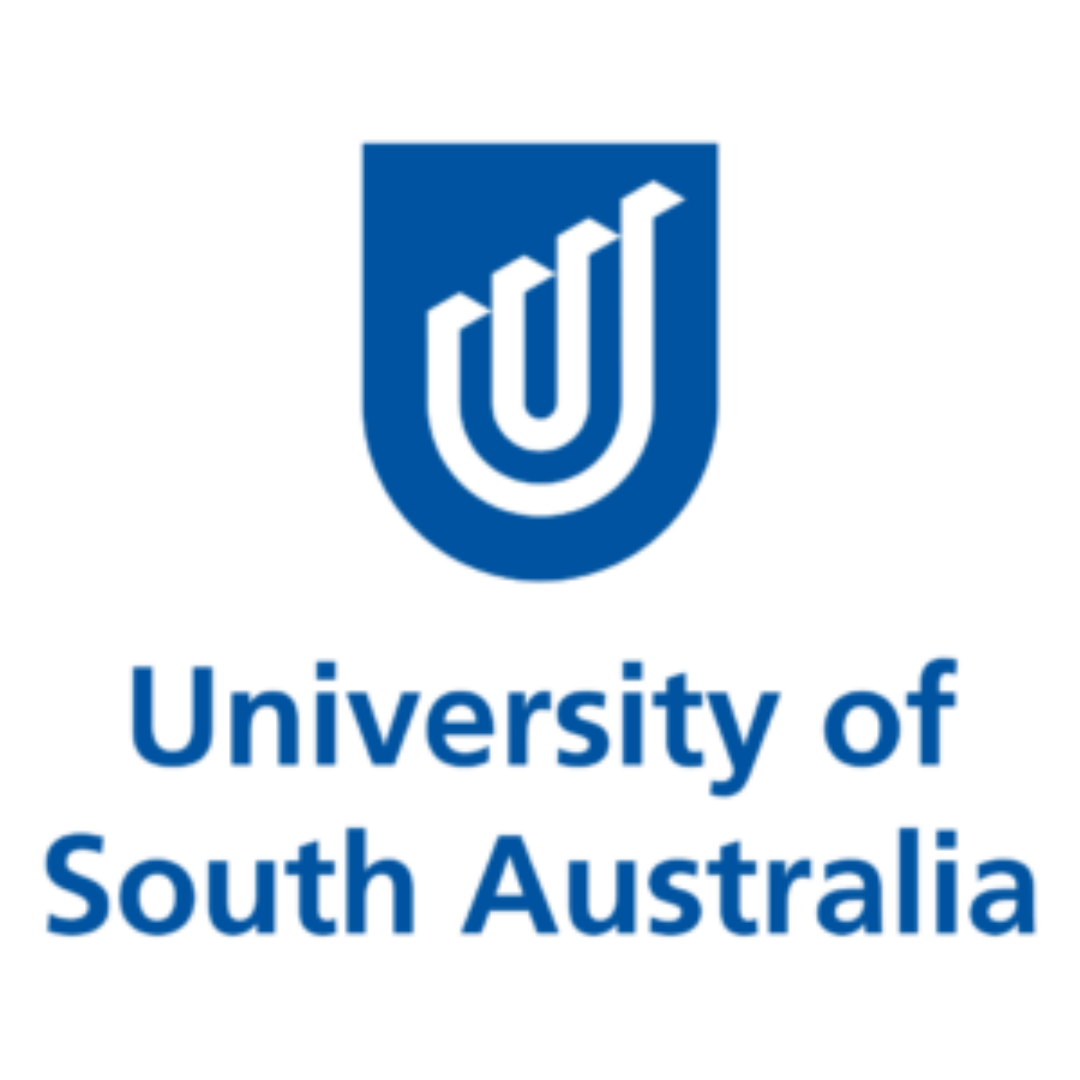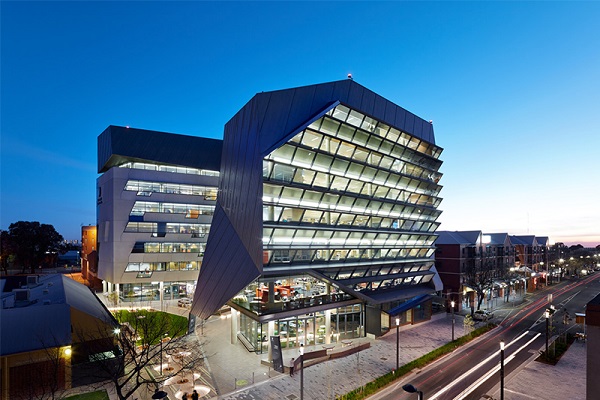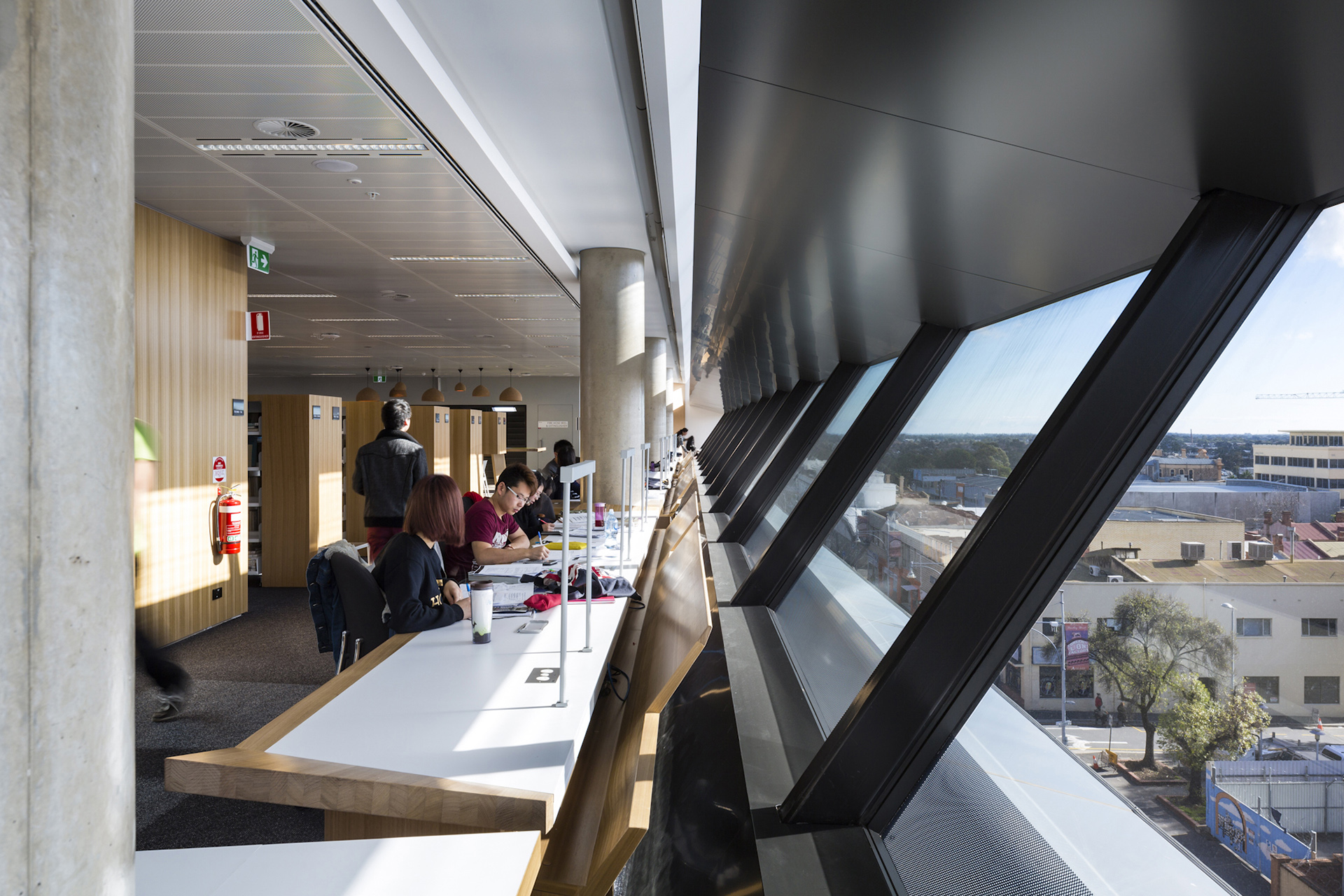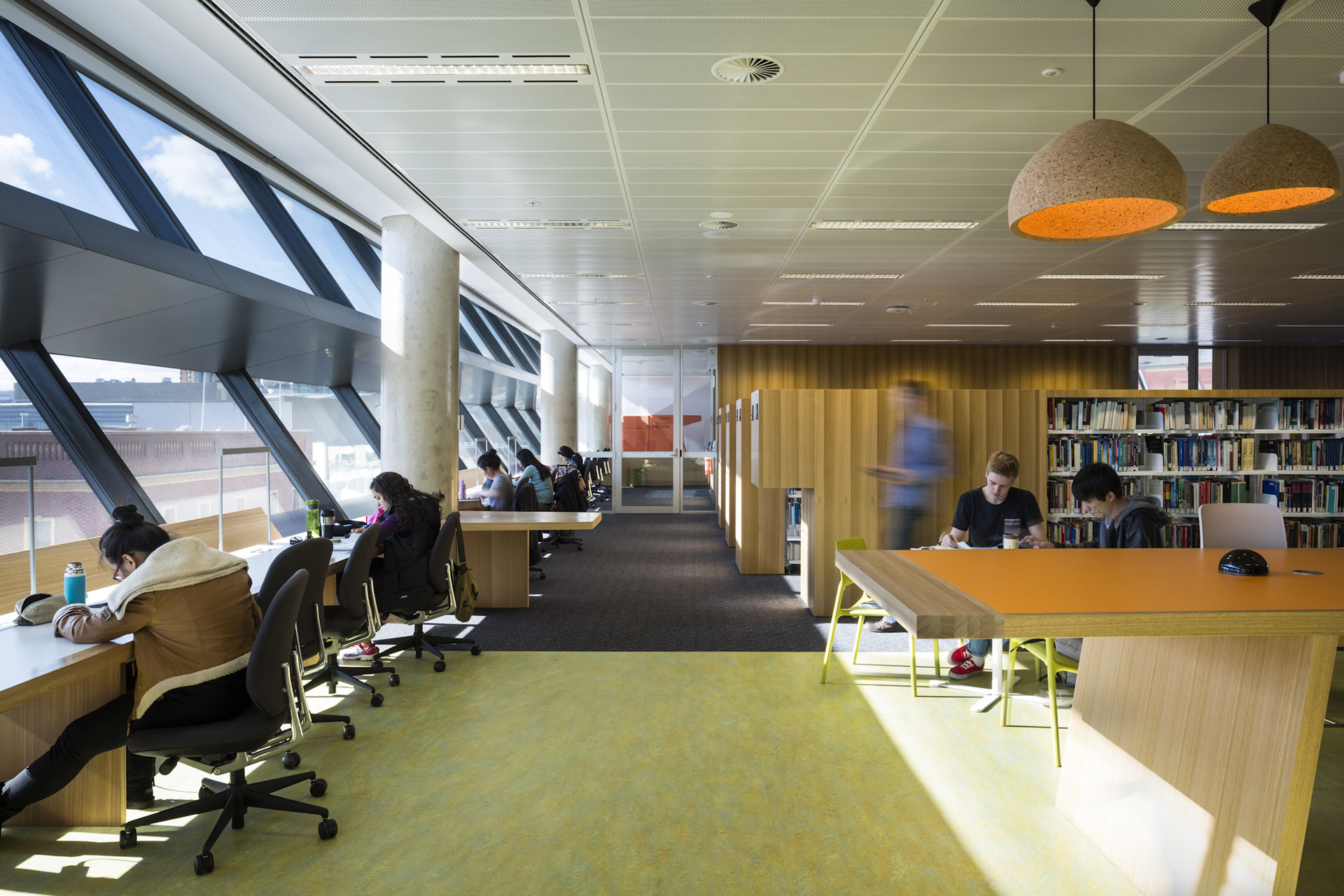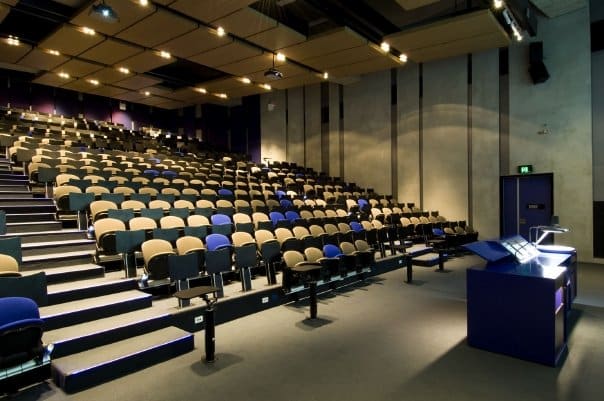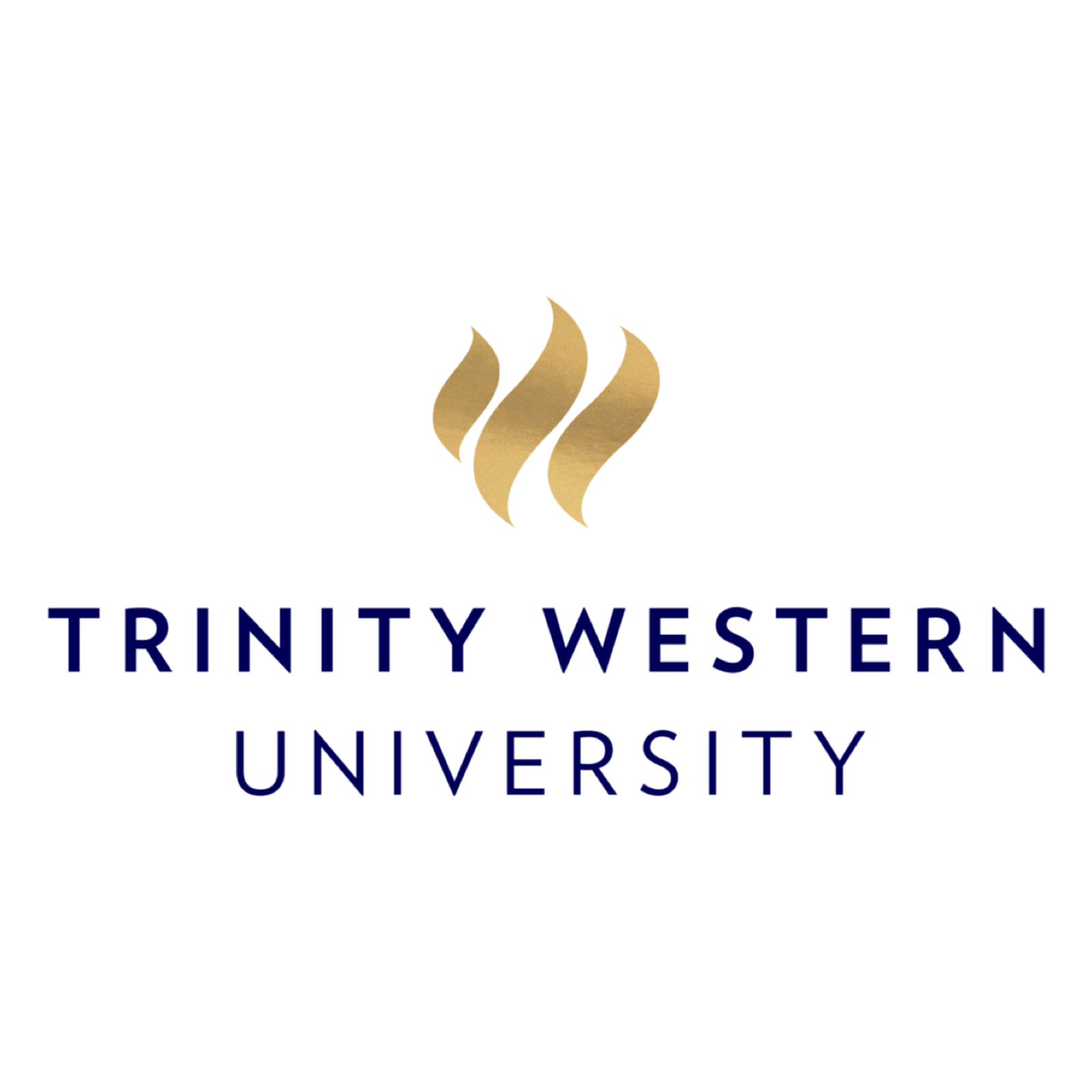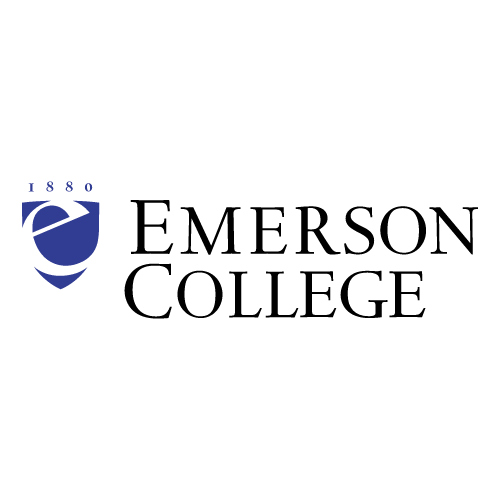The University of South Australia (UniSA) is a renowned public research university located in the beautiful Australian state of South Australia. Being a founding member of the Australian Technology Network of universities and having approximately 37,000 students, it is evident that this university holds a prominent position in South Australia.
University of South Australia was established in 1991 through the merger of the South Australian Institute of Technology (SAIT) and the South Australian College of Advanced Education (SACAE). SAIT, originally known as the South Australian School of Mines and Industries, was founded in 1889, while SACAE has a history dating back to 1856. The legislation to establish and name the new University of South Australia was introduced by the Hon Mike Rann MP, who demonstrated a deep understanding of the education sector and its needs. According to the University’s Act, its primary goal was to share knowledge through teaching, research, scholarship, and consultancy, while also offering educational programmes to enrich the cultural life of the community.
UniSA is recognised as one of the leading newer universities globally, securing a position in the prestigious World’s Top 50 Under 50 rankings. It has been ranked #29 by the Quacarelli Symonds (QS) World University Ranking and #46 by Times Higher Education (THE). With a variety of campuses strategically located throughout Adelaide and South Australia, it offers convenient access to students from different areas.
UniSA was formed in 1991 by the merger of the South Australian Institute of Technology with three South Australian College of Advanced Education campuses. SAIT expanded its presence by incorporating the former SACAE campuses of Magill, Salisbury, and Underdale, as well as establishing its own three campuses at City East, The Levels (now known as Mawson Lakes), and Whyalla. The two other SACAE campuses, City (adjacent to University of Adelaide), and Sturt (in Bedford Park, adjacent to Flinders University), were later integrated into their neighbouring universities.
Situated at the intersection of North Terrace and Morphett Street, the City West Campus occupies a prime location between North Terrace and Hindley Street. The campus is housed in modern buildings that were specifically constructed in the 1990s to accommodate the new campus.
As part of the $167 million six-year asset plan called Blueprint 2005, new construction projects were also carried out. One of these projects was the Hawke building, which was opened in 2007 and named after the esteemed former Prime Minister of Australia, Bob Hawke. The building cost A$35 million and was a significant addition to the overall plan.35 The Hawke Building is home to the Anne and Gordon Samstag Museum of Art, which happens to be the second largest public art gallery in South Australia. Additionally, you’ll find the Kerry Packer Civic Gallery, which was specifically designed to host exhibitions centred around culture, history, and social debate. There’s also the Allan Scott Auditorium, the Hawke Prime Ministerial Library, and even Australia’s sole architecture museum.[verification required] The building, known as the Hawke Centre, is the official home of The Bob Hawke Prime Ministerial Centre. It serves as a hub for numerous events, held both within its walls and at various other locations.
The Blueprint project encompassed the development of six significant buildings, along with expansions and enhancements across UniSA’s six campuses. Notable additions included the completion of the Dorrit Black and Kaurna buildings in 2005 at City West, as well as the South Australian School of Art and the Louis Laybourne Smith School of Architecture and Design.
In 2014, the University unveiled a new learning centre called the Jeffrey Smart Building, located on the City West campus. Additionally, the City West campus boasts the recently unveiled Pridham Hall, a state-of-the-art facility that includes a sports complex, swimming pool, and versatile spaces for various occasions such as graduations, exams, corporate functions, and cultural events. In 2018, the campus also welcomed the UniSA Cancer Research Institute, a vital component of the ongoing development of the biomedical and health precinct situated on North Terrace. The building, which was also opened in 2018, is home to the university’s Museum of Discovery (MOD).
